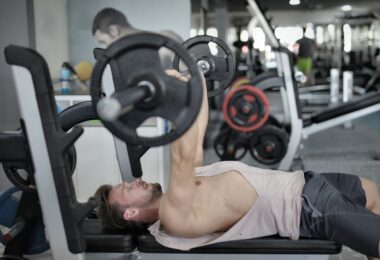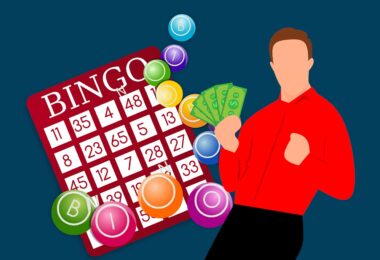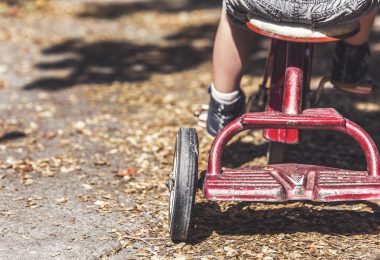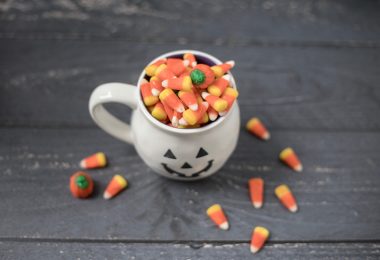Everybody loves the thrill of Guy Fawkes Night, but whether you’re heading off to an explosive extravaganza or hosting a small party in your garden, it should always be safety-first when it comes to fireworks.
Fireworks are designed so you can have fun and it will come as no surprise to hear that most injuries are caused by a lack of preparation or people taking unnecessary risks. To help families – and dads who don’t like reading instructions – here are a few basic tips to stay safe this Bonfire Night.
Firework Standards
If you’re buying fireworks for use at home, remember that legal fireworks will be labelled with the manufacturers’ name and details on them. Check that the fireworks you choose conform to British Standards and avoid anything else, particularly those without English instructions.
Pretty straightforward, but consider whether your garden allows enough space between the area where the fireworks are being lit and where people can stand safely away from them. There are different categories suggesting minimum spectator distance, and these can help you to decide whether they are appropriate for your space. For example Category 2; a minimum of 5 metres and category 3; a minimum of 25 metres.
Avoid ‘bargain fireworks’. Many illegal fireworks, although banned in the past, are still being sold and can cause accidents.
Sparklers
We all remember being given sparklers as kids and they are often seen as the safe option for families. However, sparklers can actually reach temperatures as scalding as 1000 ºC, which is not too far off a welding torch and could definitely lead to serious burns. It’s safe to say they should still be treated with caution, especially because kids aren’t exactly known for keeping out of trouble – these tips should help:
Make sure you plunge them into a waiting bucket of sand or water after use.
Sparklers are not suitable for under 5’s and children should always be supervised when holding them.
Teach children that sparklers are for outside-use only and they should hold them at arms’ length, being careful to avoid others.
Try to avoid dressing children in loose clothes, as this could be a fire-risk.
Common sense, but never hold a baby in your arms when you are holding a sparkler.
Hot Product
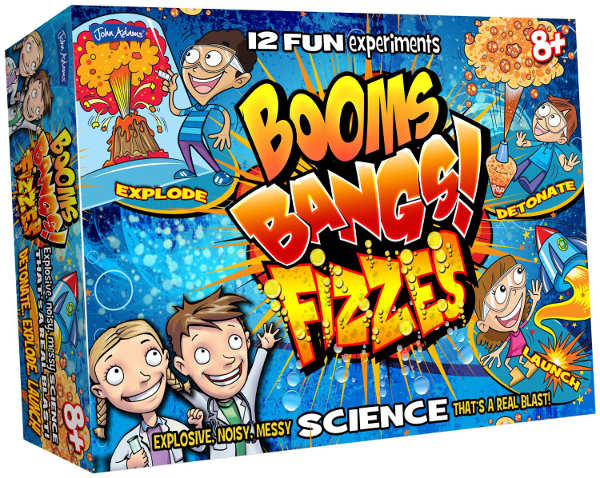 Lots of younger children will be intrigued by the explosions on Fireworks Night and the Fizz, Whizz, Bang & Pop Chemistry Set can be the perfect way to get them involved.
Lots of younger children will be intrigued by the explosions on Fireworks Night and the Fizz, Whizz, Bang & Pop Chemistry Set can be the perfect way to get them involved.
The set – available from the new Science Museum pop-up store in Bluewater – allows them to create a whole heap of noisy, messy, bubbling, fizzing, explosive experiments in your home and is a great introduction to learning about the science of why things explode, froth and make loud noises.
Ideal for children aged 8-12, they can explode a rock salt depth charge, launch a film canister rocket, fire a jet engine balloon screamer, pump up a cola bottle spaceship and erupt an underwater volcano – tell me that doesn’t sound fun!
General Advice
If you have a bonfire, it should be at least 18 metres (60 feet) away from houses, hedges, fences, sheds or trees. At the end of the night, double-check that the fire is out and the surrounding area is safe.
It’s worth giving yourself plenty of time to plan your firework display.
Only one person should be responsible for lighting the fireworks.
Children should be kept far back and ear protection should be considered for youngsters.
Extra care should be taken to direct rocket fireworks well away from your audience.
Store the fireworks and sparklers in a closed box and only use them one at a time.
For the person lighting the fireworks (coolest job!):
Read and carefully follow the instructions on each firework, you should keep a torch with you.
Light the firework at arm’s length and get well back.
Keep naked flames, including cigarettes, away from the fireworks.
Once a firework has been lit, never head back towards it.
Don’t throw them.
Never use paraffin or petrol or other flammable liquids on a bonfire.
Try to wear a protective hat, gloves and some eye protection.
Put aside your curiosity and never tamper with the fireworks.


![[Image - Kelley Bozarth]](https://www.fqmagazine.co.uk/wp-content/uploads/2014/11/6ef598b10d1539793d4ace8d8b7b613f.jpg)

